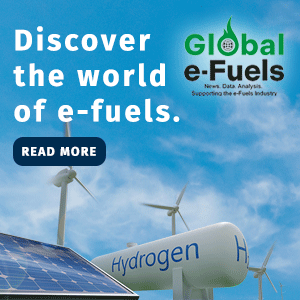Vopak highlights increased revenues in annual report
The proportional occupancy rate for 2021 was 88%, down slightly from 90% in 2020, which the company said reflected soft market conditions in oil and chemicals in the Netherlands and Singapore.
Vopak added 600,000 m3 of capacity in 2021, including at its Sydney, Australia, and Deer Park, US terminals, and the greenfield industrial terminal in Qinzhou, China.
Some losses were sustained as a result of impairment of the Panama terminal, and a write-off of business development costs at joint venture Vopak Moda Houston and the German LNG project, as well as a partial dilution of the company’s Chemtank share and a partial release of a tax provision in a joint venture terminal within the Asia and Middle East division.
New Vopak CEO Dick Richelle, whose term began on 1 January, said that 2021 had been another “atypical” year due to the pandemic, but despite this, the company has shown its resilience with close to record high EBITDA.
He said: “We realised good progress on our portfolio and growth agenda by actively positioning ourselves towards the future.
“We reached new milestones in industrial terminals, mainly on the US Gulf Coast and China. We delivered new storage capacity and infrastructure in main industrial clusters in Belgium, Mexico, USA, the Netherlands, Australia,’ he says. ‘Gate terminal, our successful joint venture with Gasunie for LNG in Rotterdam, is making an important contribution to the security of natural gas supplies in the Netherlands and Northwest Europe supplying the equivalent of 25% of the Netherlands’ gas needs. Gate terminal will add 12.5% additional send out capacity to serve increased demand by the end of 2024.”
In 2022, Vopak expects growth investments to be below €300 million. Investments will be in existing committed projects, new business development, the partnership with Aegis to operate eight LPG and chemical storage terminals in India, its new LNG terminal in Hong Kong, which will be run in a joint venture with Mitsui OSK Lines (MOL) and pre-final investment decision (FID) feasibility studies in new energies including hydrogen.








